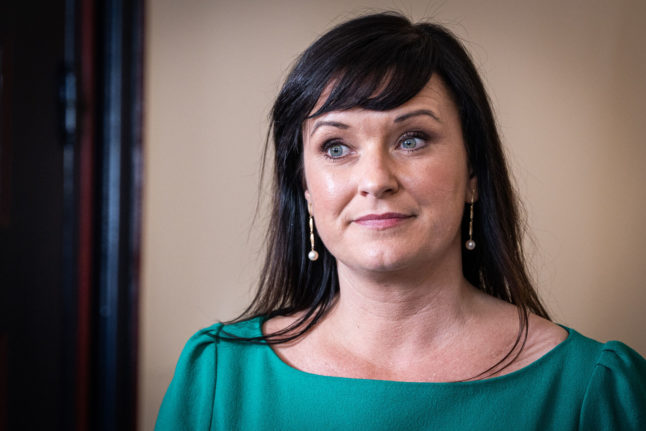The country saw a 39-percent reduction in gonorrhoea cases, an 11-percent drop in chlamydia cases, and a 20-percent decline in HIV cases in 2020.
“The drop in the number of STIs in 2020 is most probably linked to anti-Covid measures, such as travel restrictions, social distancing and the closure of bars and restaurants,” Oyvind Nilsen of the Norwegian Institute of Public Health (NIPH) said in a statement.
Nilsen told AFP a drop in testing due to the pandemic played only a marginal role in the decline.
Meanwhile the only STI to register a rise in cases was syphilis, up by 39 percent and qualified as “surprising” by NIPH. The infection is more common among homosexuals.
“One possible explanation for the rise in syphilis among men having sexual relations with other men — while gonorrhoea has seen a sharp decline — could be that syphilis has fewer symptoms, has a longer transmission phase than gonorrhoea and the infection is highly contagious,” said Nilsen.
The NIPH urged young people to use condoms to prevent STIs.
“We always have problems convincing young people to use condoms. Before they settle down with a stable partner, their sex life is largely made up of multiple short-term relationships and no condoms,” Nilsen told AFP.
“Condoms are like anti-Covid masks: they create a barrier against infections,” he added.
Norway, a country of 5.4 million, is among the countries least hard-hit by Covid-19, with 125,881 cases and 785 deaths.
The country had no excess mortality last year. On the contrary, the number of deaths declined by 73 in 2020 from the previous year, even though it was a leap year with one extra day, official statistics showed.



 Please whitelist us to continue reading.
Please whitelist us to continue reading.
Member comments